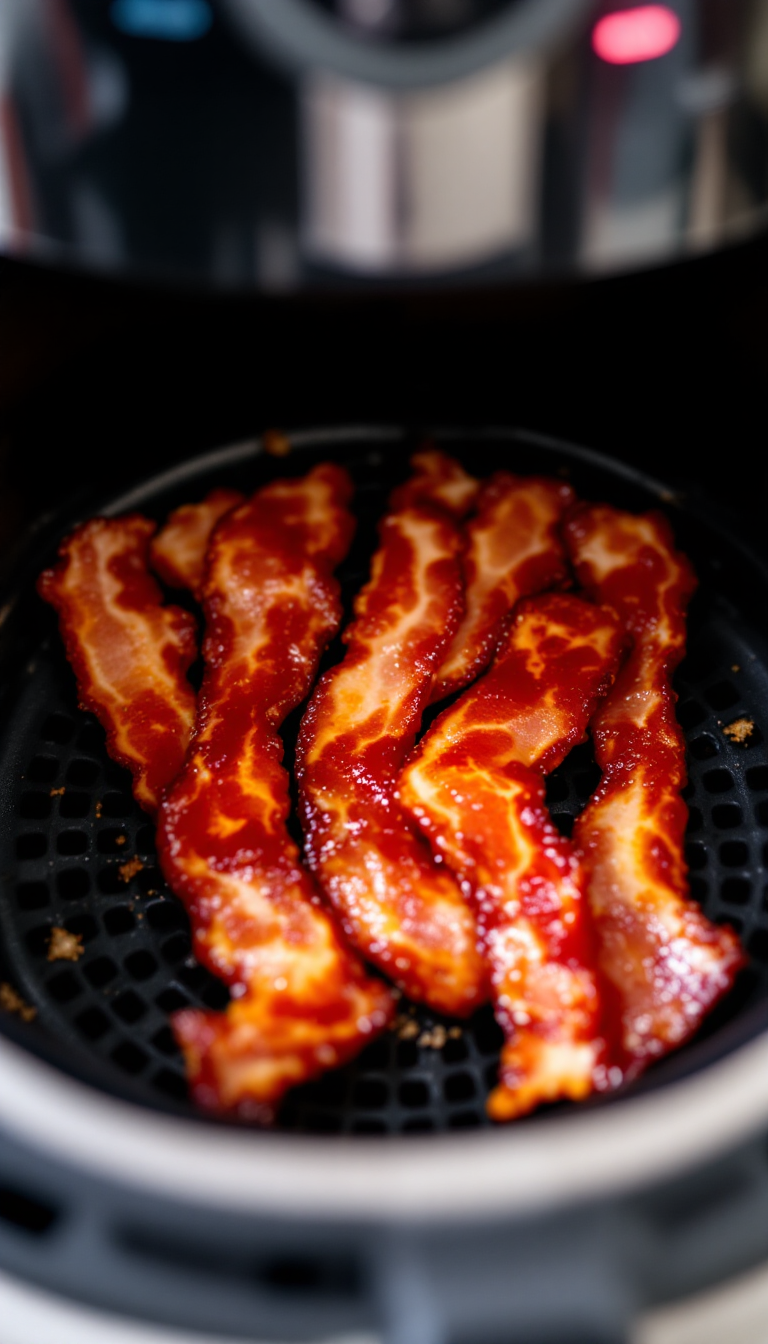You know, sometimes it’s the simplest things in life that bring the most joy. Like, who would’ve thought that a humble egg could spark such culinary delight? Seriously, I was just reminiscing the other day about Sunday brunches at my grandma’s house.
She’d whip up the creamiest scrambled eggs and the fluffiest pancakes, but what always stole the show were her hard-boiled eggs—perfectly cooked, not a gray ring in sight. It’s like she had some secret technique. Well, guess what?
I think I’ve cracked the code (pun totally intended). It’s funny though, how something as mundane as boiling an egg can feel like a small victory, but hey, in a world that’s always rushing, isn’t it nice to find peace in the little things? So, grab a pot, some eggs, and let’s get cracking!
Steps
- Place the eggs in a medium-sized pot and cover them with cold water, ensuring the water is about an inch above the eggs. Heat the pot over high heat until the water reaches a rolling boil.
- Once the water boils, immediately turn off the heat and cover the pot with a lid. Let the eggs sit in the hot water for 10 to 12 minutes, depending on whether you prefer creamy or firmer yolks.
- After the time has elapsed, drain the hot water and move the eggs to a large bowl filled with ice water. Leave them in the ice bath for at least 14 minutes to halt the cooking process.
- If you plan to store the eggs, leave them unpeeled and place them in the refrigerator. However, ensure they cool completely in the ice bath first, as this makes peeling easier later on.
Ingredients
- Eggs (quantity depends on preference)
- Cold water (enough to cover the eggs by 1 inch)
- Ice (for an ice bath)
FAQ
- Why are my hard boiled eggs difficult to peel?
- Fresh eggs tend to be more challenging to peel due to their lower pH level, which causes the egg whites to adhere more tightly to the shell. For easier peeling, use eggs that have been stored in the refrigerator for a few days before boiling.
- How does an ice bath help when making hard boiled eggs?
- An ice bath halts the cooking process, preventing overcooking and ensuring the yolks remain bright yellow rather than developing a greenish tint. Additionally, it aids in separating the egg membrane from the shell, making the eggs easier to peel.
- What is the ideal cooking time for hard boiled eggs?
- The cooking time varies based on your preference for yolk texture. For creamy yolks, let the eggs sit in hot water for about 10 minutes. If you prefer a firmer, more opaque yolk, increase the time to 12 minutes.
- How should I store hard boiled eggs?
- Hard boiled eggs can be stored either peeled or unpeeled in the refrigerator for up to 5 days. To maintain freshness, keep them in an airtight container.
- What are some serving suggestions for hard boiled eggs?
- Hard boiled eggs can be enjoyed as a protein-rich snack, seasoned with salt and pepper or Everything Bagel Seasoning. They can also be sliced into salads, added to grain bowls, or used as a topping for avocado toast. Additionally, they are great for making deviled eggs, pickled eggs, or egg salad.
Tips
- Buy Eggs in Advance: For easier peeling, use older eggs rather than fresh ones. Let them sit in the fridge for a few days before boiling.
- Store Eggs Upside Down: To ensure the yolks are centered in the hard boiled eggs, store the raw eggs upside down prior to cooking.
- Don’t Skip the Ice Bath: Immediately transfer the eggs to an ice bath after boiling to stop the cooking process and make peeling easier. This step helps prevent the yolks from developing a greenish ring and ensures they remain bright yellow.
- Peel Gently: After the ice bath, tap the egg gently on a counter to crack the shell into small pieces, then peel carefully to keep the egg whites intact.
Equipment
- Medium Pot with Lid – Essential for boiling the eggs and often purchased if you need one with a specific size or quality.
- Large Bowl – Useful for preparing the ice bath; you might need a larger bowl if you don’t have one.
- Ice Cube Tray or Ice Maker – If you don’t have a way to make ice or need an additional supply of ice for the ice bath.

I’m Heather, the founder of Hearty Home Bites, a place where I share my love for delicious, approachable recipes and the joy of gathering around the table. What started as a personal project quickly grew into a trusted resource for home cooks everywhere.



